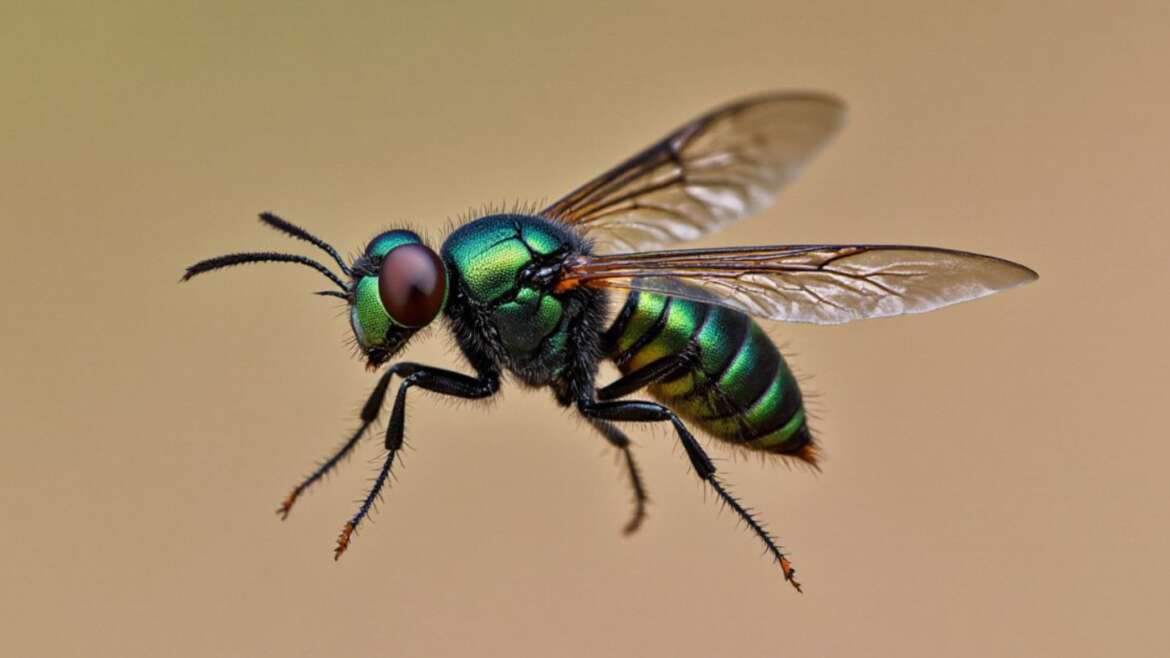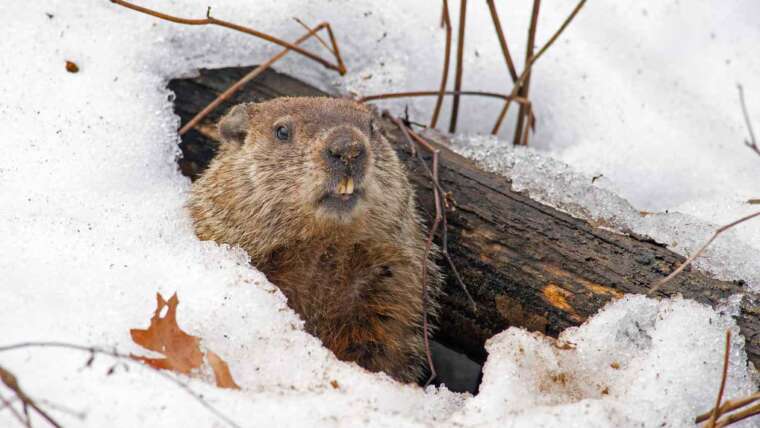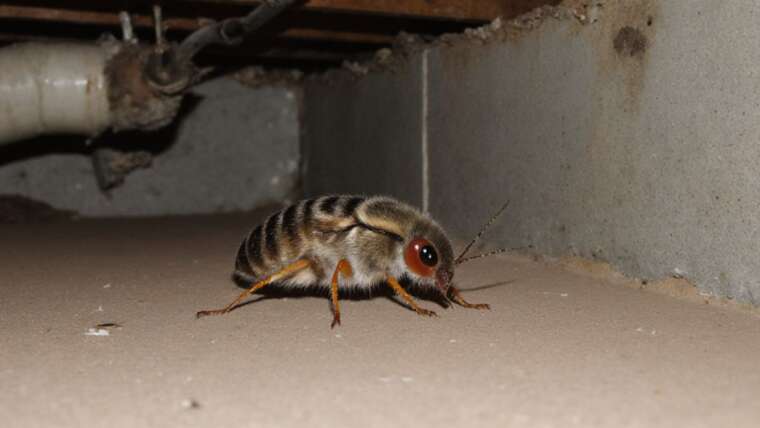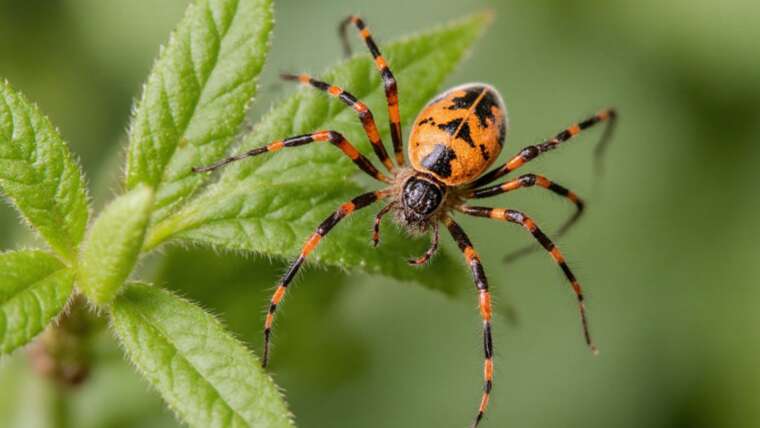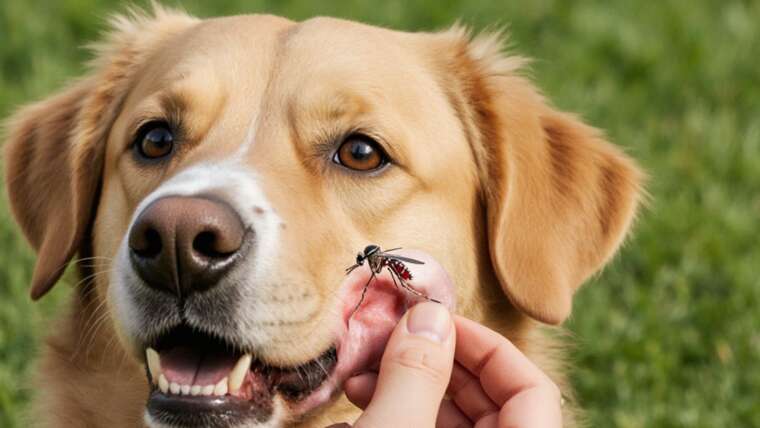The Marvels of Dragonflies: Nature’s Speed Demons
If you’ve ever tried to trap a flying insect inside your home, you know how elusive they can be. Many insects zip through the air at astonishing speeds, with some outperforming a car on the highway, reaching velocities greater than 30 miles per hour and showcasing remarkable aerial acrobatics.
In honor of National Aviation Day on August 19th, it’s only fitting to spotlight the world’s fastest and most agile insect—one that exemplifies the artistry and skill of flight.
What is the Fastest Flying Insect?
While the spurge hawk moth (also known as the hummingbird moth) has been clocked at an impressive 33.7 miles per hour, it’s actually the dragonfly that takes the crown, darting, spinning, and diving at an incredible 35 miles per hour. This speed is not just for show; it’s a crucial part of their hunting strategy.
Tip: If you’re interested in observing dragonflies in action, visit a local pond or lake in late summer, as this is when they are most active and visible.
About the Dragonfly
Dragonflies prefer habitats near water sources, such as ponds and lakes. Curiously, they can also be spotted around blacktop parking lots, mistaking these shiny surfaces for water.
According to entomologists at the Smithsonian Institution, dragonflies boast a lineage stretching back 300 million years, making them one of the earliest winged creatures to evolve. North American dragonflies vary widely by region, yet species like the blue-eyed darner can be found from coast to coast. Remarkably, dragonflies inhabit every continent except Antarctica.
Fun Fact: Some dragonfly species are migratory and can travel thousands of miles, similar to birds, showcasing their adaptability and survival instincts.
What Makes Dragonflies Such Fantastic Fliers?
Dragonflies’ exceptional speed can be attributed to their unique body structure and wing arrangement. These features allow them to make rapid accelerations and maneuvers that other insects can only dream of.
Besides their streamlined bodies that minimize drag—similar to an airplane—dragonflies possess wings that can move independently, enabling versatile flight patterns. They can effortlessly fly in any direction, including backward and upside down, and execute hairpin turns at astonishing speeds or hover like a helicopter.
Tip: Want to enhance your understanding of these aerial acrobats? A drone can help you simulate the flying techniques of dragonflies; just be careful not to disturb their habitat!
How Do Dragonflies Use Their Speed?
As formidable hunters, dragonflies prey on other flying insects, leveraging their impressive speed and agility. A study from Harvard University and the National Science Foundation utilized high-speed cameras to analyze dragonfly behavior. The results were astounding: these insects successfully captured 90% of targeted fruit flies, using their feet to trap the prey mid-air. Interestingly, after catching their meal, dragonflies often flip upside down to consume it on the fly.
Fact: Dragonflies are equipped with large compound eyes, providing them with almost a 360-degree field of vision, which further enhances their hunting capabilities.
Are Dragonflies Helpful or Harmful?
These incredible insects are harmless to humans and can actually be beneficial, especially during spring and summer when mosquitoes thrive. One dragonfly can devour several hundred mosquitoes in a single day, making them invaluable allies in pest control.
So, the next time you see a dragonfly flitting about, appreciate its role in your environment. Instead of being startled, take a moment to enjoy its graceful movements and impressive speed.
Tip: To attract more dragonflies to your garden, consider adding a small water feature. This not only creates a habitat for them but will also enhance your garden’s ecosystem.

